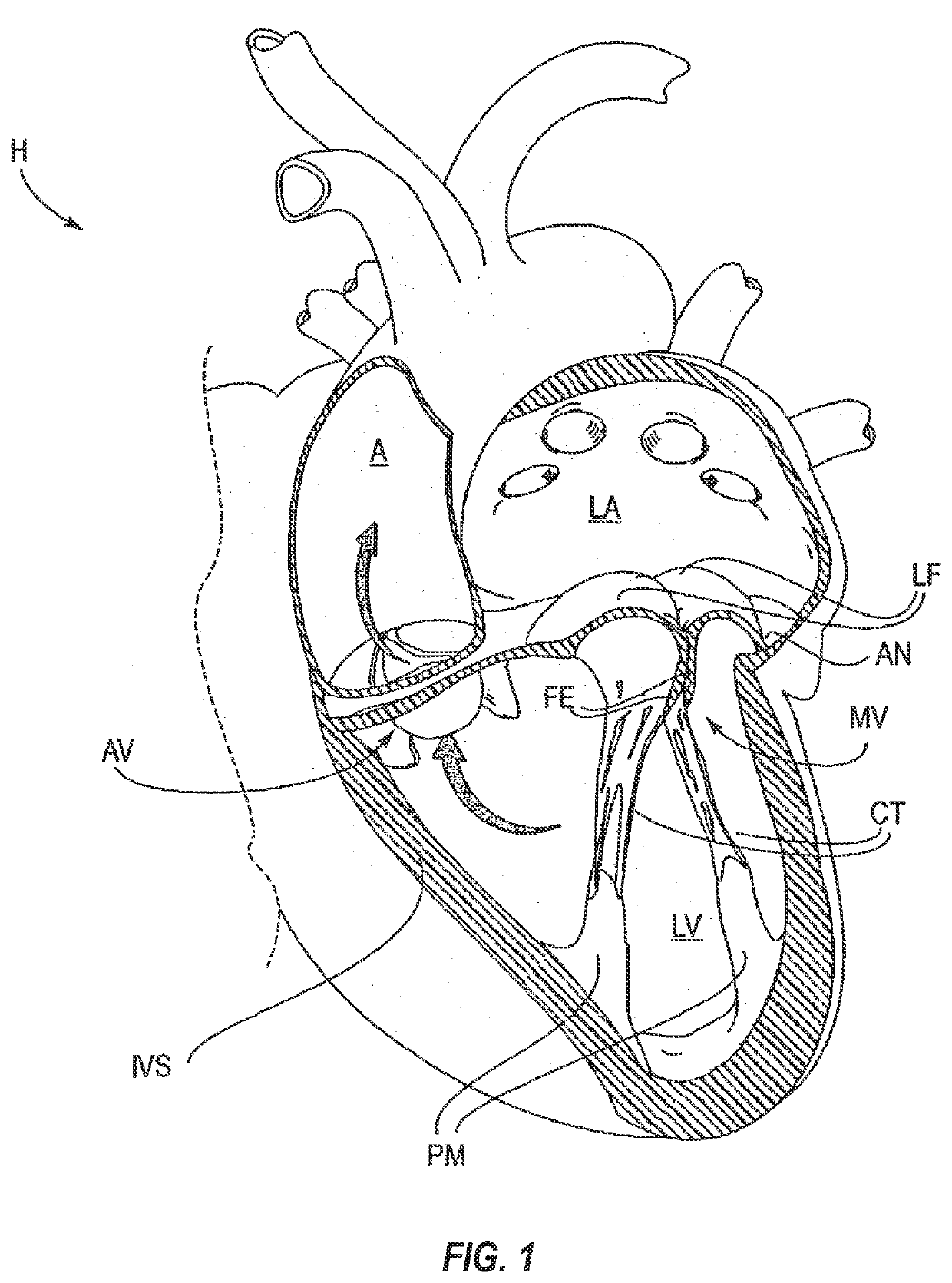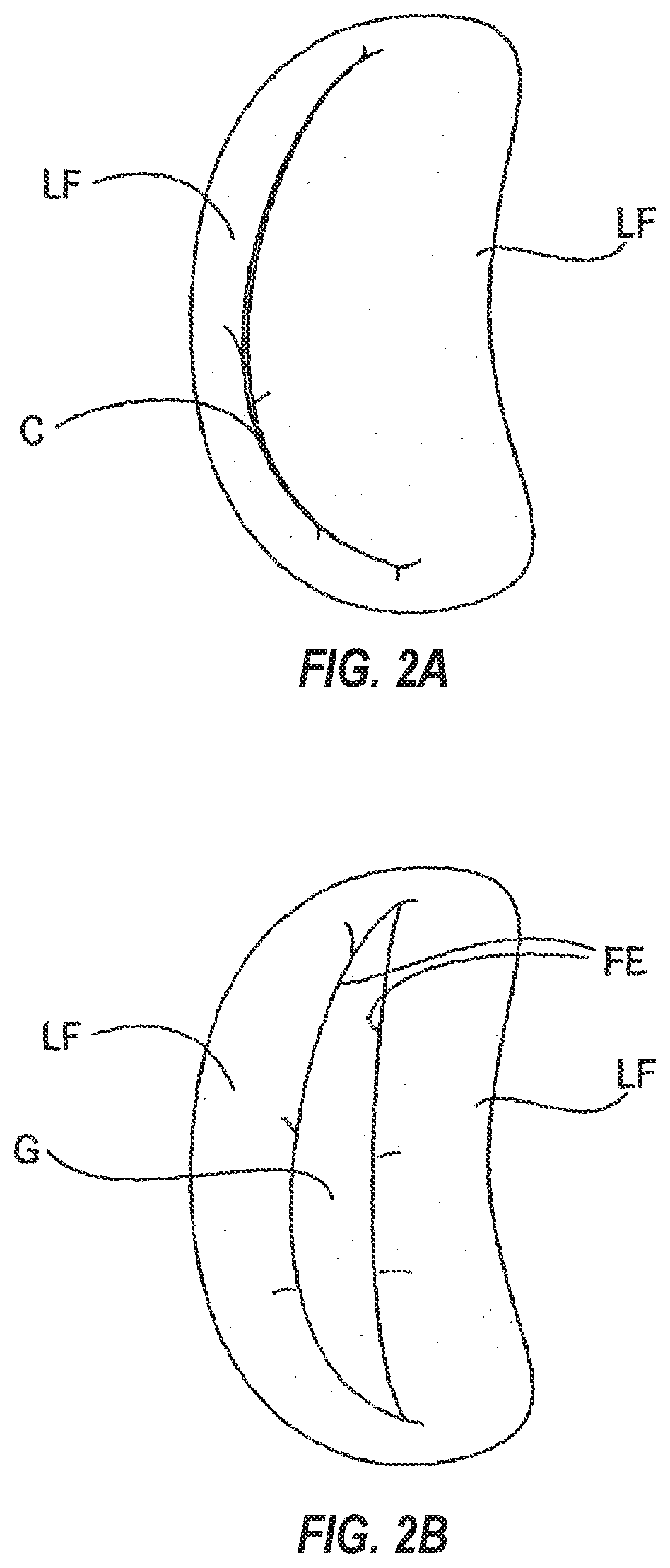Tissue cutting systems, devices and methods
a technology of tissue cutting and cutting blades, applied in the field of tissue cutting systems, can solve the problems of progressive heart failure, affecting the patient's recovery, and reducing the pumping efficiency of the heart,
- Summary
- Abstract
- Description
- Claims
- Application Information
AI Technical Summary
Benefits of technology
Problems solved by technology
Method used
Image
Examples
Embodiment Construction
[0040]As mentioned earlier, sometimes, after installation of an edge-to-edge repair device, such as a suture “bow-tie” or fixation device, in the heart, it needs to be removed or at least detached from one or both of anterior and posterior leaflets. Ordinarily, this has been done during a high-risk invasive procedure such as open-heart surgery. The presently described system 100, and associated devices and methods, however, allow a physician or clinician to address heart problems in a minimally invasive procedure.
[0041]For ease of explanation, FIG. 1 illustrates the left ventricle (LV) of a normal heart H in systole. The left ventricle (LV) is contracting and blood flows outwardly through the tricuspid (aortic) valve (AV) in the direction of the arrows. Back flow of blood or “regurgitation” through the mitral valve (MV) is prevented since the mitral valve is configured as a “check valve” which prevents back flow when pressure in the left ventricle is higher than that in the left atr...
PUM
 Login to View More
Login to View More Abstract
Description
Claims
Application Information
 Login to View More
Login to View More - R&D
- Intellectual Property
- Life Sciences
- Materials
- Tech Scout
- Unparalleled Data Quality
- Higher Quality Content
- 60% Fewer Hallucinations
Browse by: Latest US Patents, China's latest patents, Technical Efficacy Thesaurus, Application Domain, Technology Topic, Popular Technical Reports.
© 2025 PatSnap. All rights reserved.Legal|Privacy policy|Modern Slavery Act Transparency Statement|Sitemap|About US| Contact US: help@patsnap.com



